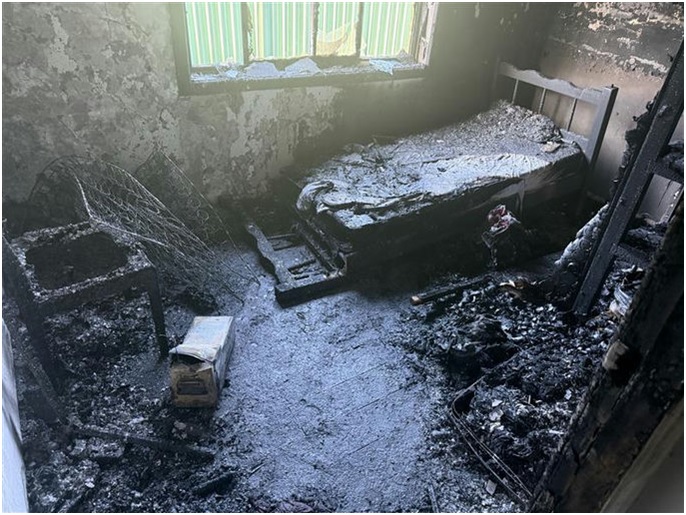
A dangerous lithium-ion battery has claimed another life, with a charging e-bike being the source of a fatal house fire. The incident occurred in Guildford, in Sydney’s west, on Tuesday morning, where authorities discovered a man trapped inside a room consumed by flames. Despite being rescued from the burning room, he could not be revived.
Five other residents had evacuated the home before firefighters arrived. One individual was taken to the hospital for smoke inhalation.
Fire and Rescue NSW (FRNSW) determined the fire began due to an incompatible charger powering the e-bike battery. It’s believed the battery overheated because it was unable to absorb the power generated by the charger. This marks another tragic case in a growing series of incidents involving lithium-ion batteries.
Just over a week ago, FRNSW Commissioner Jeremy Fewtrell issued a warning that more fatalities could occur if people continue to overcharge their lithium-ion batteries, especially by leaving them to charge overnight. In 2024 alone, New South Wales (NSW) experienced 318 lithium-ion battery fires, a significant rise from 165 just two years prior.
In response to the increasing risks, the NSW government is set to implement mandatory testing and certification of these batteries by August. Additionally, labelling requirements will come into effect by February 2026. However, government officials have cautioned that legislative changes can only go so far—individuals must follow fire safety advice to reduce risks.
In November, the NSW State Coroner announced an investigation into fires caused by lithium-ion batteries, particularly following a fatal incident in March where two people died after a battery explosion ignited a blaze north of Sydney.
Lithium-ion batteries, when poorly made or improperly charged, are particularly vulnerable to dangerous thermal runaway events. These occur when the temperature inside the battery exceeds its ability to dissipate heat, leading to catastrophic fires.
Fire and Rescue NSW is urging the public not to mix and match batteries and chargers to prevent lithium-ion fires. Always charge lithium-ion battery devices with their dedicated power packs.
FRNSW is also reminding homeowners and landlords that working smoke alarms save lives. Every home must have a working smoke alarm, and landlords have an added legislative requirement that they must be less than 10 years old and are checked annually. For more information, visit www.fire.nsw.gov.au/smokealarms
For further information on lithium-ion batteries and how to shop, charge and recycle safely, visit www.fire.nsw.gov.au/chargesafe







